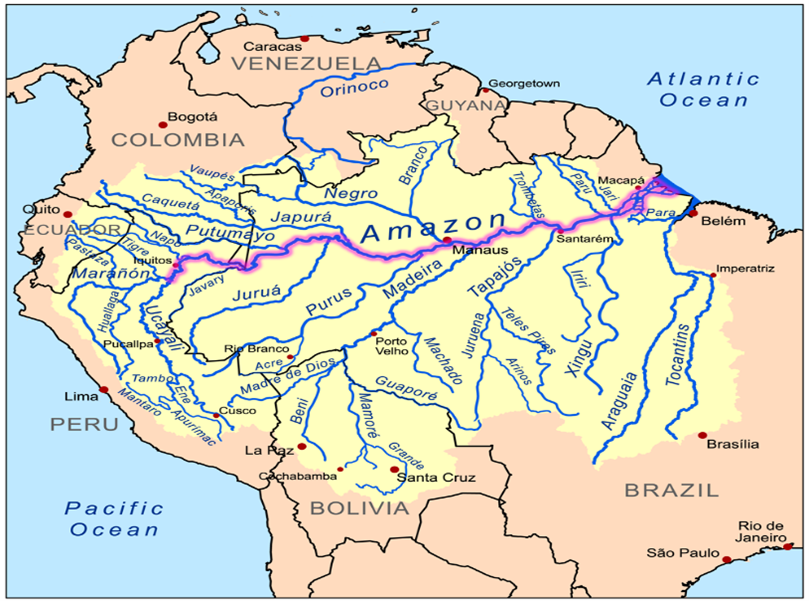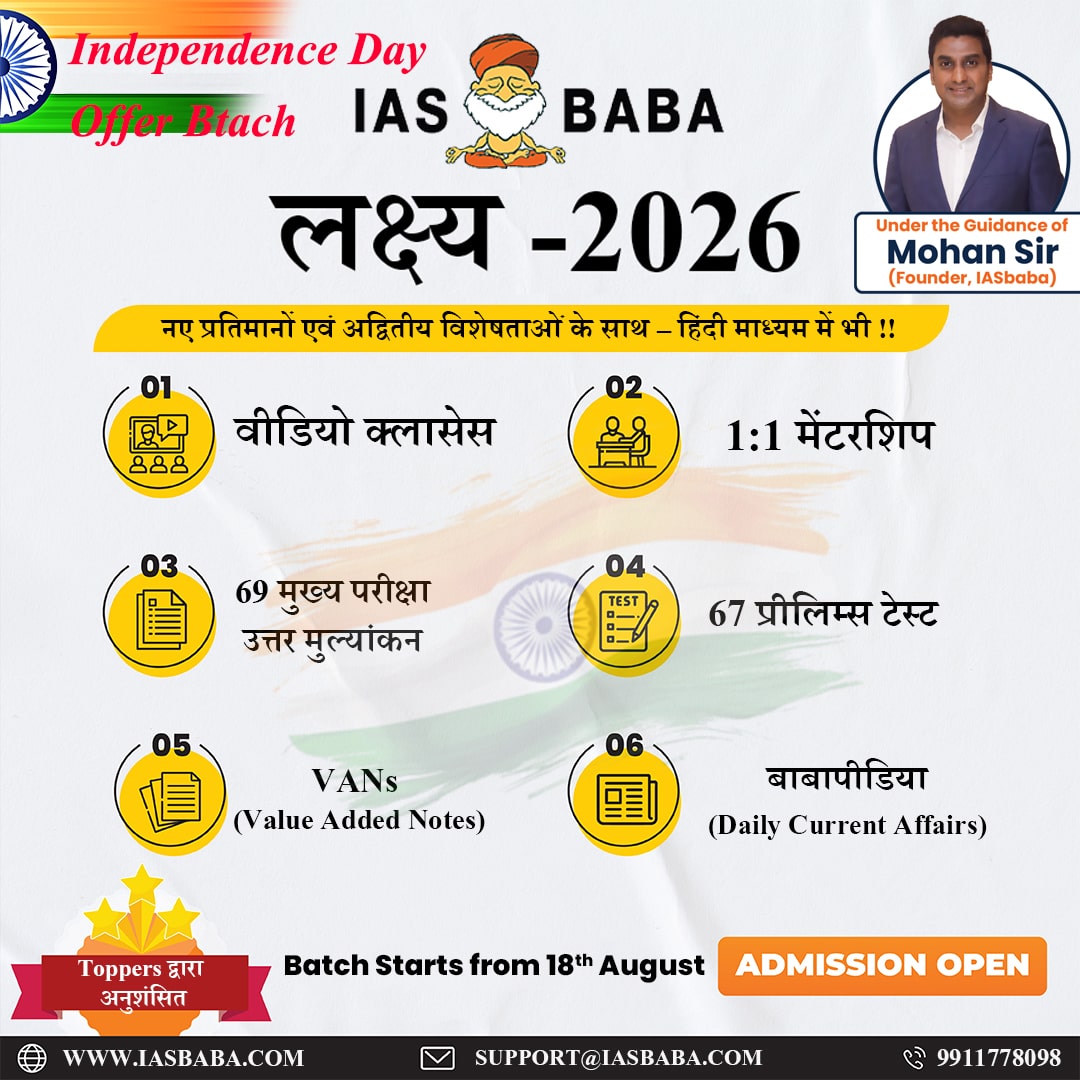Syllabus
Under Articles 129 and 142 of the Constitution the Supreme Court has been vested with power to punish for contempt of Court including the power to punish for contempt of itself. The objective for contempt is stated to be to safeguard the interests of the public, if the authority of the Court is denigrated and public confidence in the administration of justice is weakened or eroded.
KINDS OF CONTEMPT OF COURT
Civil Contempt
- Under Section 2(b) of the Contempt of Courts Act of 1971, civil contempt has been defined as willful disobedience to any judgment, decree, direction, order, writ or other processes of a court or willful breach of an undertaking given to a court.
Criminal Contempt
- Under Section 2(c) of the Contempt of Courts Act of 1971, criminal contempt has been defined as the publication (whether by words, spoken or written, or by signs, or by visible representation, or otherwise) of any matter or the doing of any other act whatsoever which:
- Scandalizes or tends to scandalize, or lowers or tends to lower the authority of, any court, or
- Prejudices, or interferes or tends to interfere with the due course of any judicial proceeding, or
- Interferes or tends to interfere with, or obstructs or tends to obstruct, the administration of justice in any other manner.
AMENDMENTS TO CONTEMPT OF COURT ACT OF 1971
- For many years, “truth” was seldom considered a Defense against a charge of contempt.
- There was an impression that the judiciary tended to hide any misconduct among its individual members in the name of protecting the image of the institution.
- The Act was amended in 2006 to introduce truth as a valid Defense, if it was in public interest and was invoked in a bona fide manner.
ARGUMENTS IN FAVOUR OF RETAINING THE CONTEMPT PROVISION
- Increasing instances of Contempt and scandalizing, the high number of cases justify the continuing relevance of the contempt of court law.
- Supreme Court and High Courts derive their contempt powers from the Constitutional Articles 129 and 215. Therefore, deletion of the offence from the Act will not impact the inherent constitutional powers of the superior courts to punish anyone for its contempt.
- Trust, faith and confidence of the citizens in the judiciary is sine qua non for the existence of Rule of Law.
- Civil contempt is necessary as willful disobedient litigants who ignore the orders of the court cannot be let-off otherwise it would seriously affect the administration of justice and trust of people in the judiciary.
- If there is no definition for criminal contempt in the Act, superior courts may give multiple definitions and interpretations to what constitutes contempt. The Commission suggested retaining the definition for the purpose of ensuring clarity.
- The Law Commission noted that there are several safeguards built into the Act to protect against its misuse. For instance, the Act contains provisions which lay down cases that do not amount to contempt and cases where contempt is not punishable. These provisions suggest that the courts will not prosecute all cases of contempt.
ARGUMENTS AGAINST RETAINING THE CONTEMPT PROVISION
- A law for criminal contempt gets in conflict with India’s democratic system which recognises freedom of speech and expression as a fundamental right.
- The language defining criminal contempt is vague enough to encompass within its sweep legitimate criticism as well.
- The definition of criminal contempt in India is extremely wide, and can be easily invoked. Further, the Contempt of Courts Act was amended in 2006, to add truth and good faith as valid defences for contempt, but it is seldom entertained by the judiciary.
- In S.Mugolkar v. Unknown (1978), the Supreme Court held that the judiciary cannot be immune from fair criticism, and contempt action is to be used only when an obvious misstatement with malicious intent seeks to bring down public confidence in the courts or seeks to influence the courts.
- It does not recognise one of the basic principles of natural justice, i.e., no man shall be a judge in his own cause. Thus, in contempt proceedings, the court arrogates to itself the powers of a judge, jury and executioner which often leads to perverse outcomes.
CONCLUSION
Judiciary should balance two conflicting principles, i.e. freedom of expression, and fair and fearless justice. A mature and “broad-shouldered” approach to criticism can only inspire public confidence, not denigrate the judiciary, for justice, as Lord Atkin said, is “no cloistered virtue”. The law of contempt should be employed only to enable the court to function, not to prevent criticism.
Value addition:
COURT CASES CONNECTED WITH CONTEMPT OF COURT IN INDIA
- In Duda P.N. v. Shivshankar, P., the Supreme Court observed that the contempt jurisdiction should not be used by Judges to uphold their own dignity. In the free market places of ideas, criticism about the judicial system or the Judges should be welcomed, so long as criticisms do not impair or hamper the “administration of justice”.
- In Auto Shankar’s Case, Jeevan Reddy J, invoked the famous “Sullivan doctrine” that public persons must be open to stringent comments and accusations as long as made with bonafide diligence, even if untrue.
- In Arundhati Roy, In re, the Supreme Court observed that a fair criticism of the conduct of a Judge, the institution of the judiciary and its functioning may not amount to contempt if made in good faith and in public interest.
- In Indirect Tax practitioners’ Association v. R.K. Jain, S.C. observed that the Court may now permit truth as a defence if two things are satisfied, viz., (i) it is in public interest and (ii) the request for invoking said the defence is bona fide. (S.13, Contempt of Courts Act, 1971).














